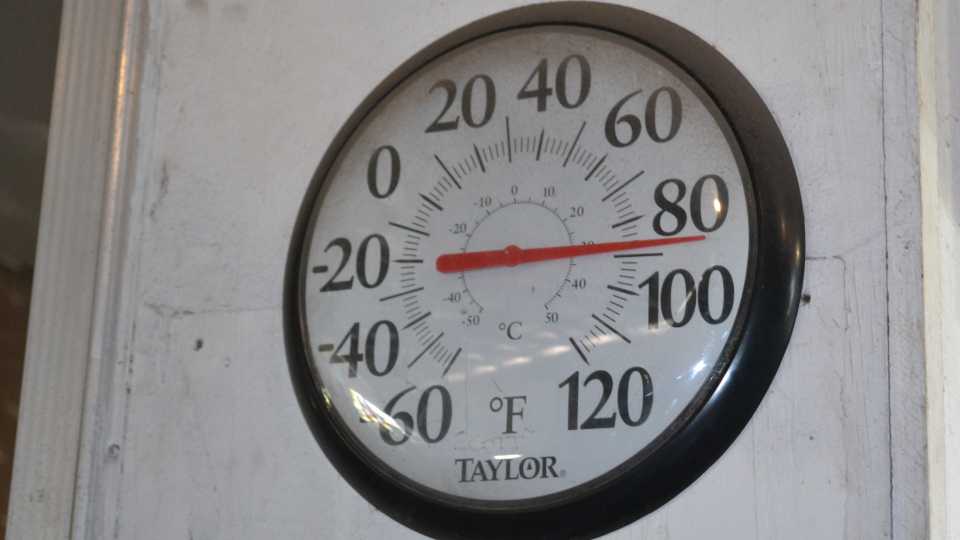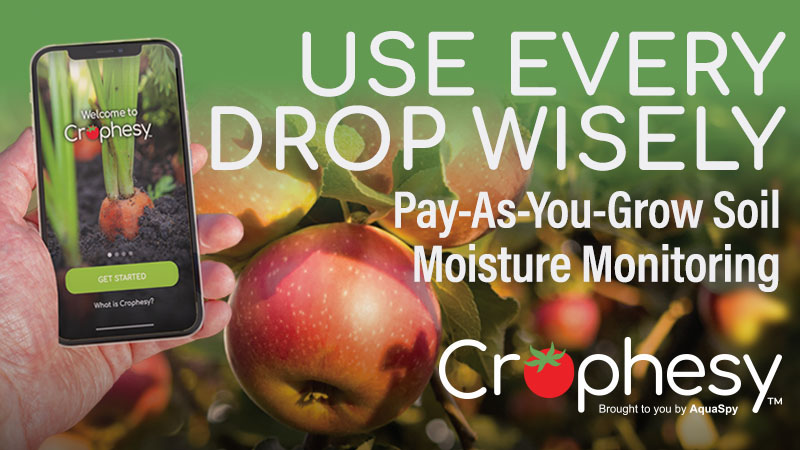Control Options For Pod Mold In Beans

Pod mold control was rated among the highest priorities for research in 2012 by members of the New York State Vegetable Research Council and Association and by members of the Pennsylvania Vegetable Growers Association. The objective of the 2012 trial was to evaluate fungicide treatments for control of white mold (caused by the fungus Sclerotinia sclerotiorum) and gray mold (caused by the fungus Botrytis cinerea).
Snap bean blossoms are the preferred food source for both fungi, which means that protecting the blossoms from infection is a top priority. It is important to note that when the blossoms fall off and land on various plant parts, this can lead to leaf, stem and pod infections.
Fungicide applications must coincide with the opening of the blossoms in order to be most effective. The 2012 trial was conducted at the Agricultural Experiment Station in Geneva, NY, in a Honeoye silt loam soil with a pH of 6.6. On May 24, snap beans (the variety Gold Mine) were seeded using a Monosem planter at 8.7 seeds per foot with 30-inch row spacing. The fungicide treatments were arranged in a randomized complete block design with four replications. The fungicides were applied using a CO2 backpack single-row sprayer calibrated to deliver 68 gallons per acre at 50 psi with three 8002 flat fan nozzles.
The sprayer was configured with one nozzle over the top of the row and a 9-inch drop nozzle on each side of the row angled into the canopy. Fungicide sprays were applied on July 12 at 38% bloom and July 21 at 100% bloom to pin pod stage. The same CO2 sprayer configuration was used to apply spores of white and gray molds (Sclerotinia sclerotiorum and Botrytis cinerea) on July 18 and July 23.
Following the spore applications, Aluminet (double-faced aluminum-coated shade cloth with a 40% shade factor) was placed over the entire plot until harvest. The shade cloth was used to keep the plants cool and maintain moisture in the plant canopy to encourage disease development.
The crop also was irrigated to encourage disease development. Snap bean pods in 10-foot rows were hand harvested and evaluated August 14 to 16. Disease incidence was moderate for both gray mold (5.3%) and white mold (6.8%) on the pods in the control plots. Ideally the aim was for 20% disease on the pods in the control plots. But this year, overall disease incidence was low due to the hot dry conditions during the growing season.
Gray mold pod incidence was statistically less than the control in the Fontelis (DuPont Crop Protection), Quash (Valent), and Tazz (United Phosphorus, Inc.) treatments. Nine treatments — Endura (BASF); Rovral (FMC Corp.); Switch (Syngenta Crop Protection); Proline, Propulse, and Luna Tranquility (Bayer CropScience); and Topsin XTR, Topsin + Meteor and Meteor (United Phosphorus, Inc.) — achieved very good control (less than 2% incidence) of white mold on pods.
White Mold In Lima Beans
In lima bean field surveys, a high incidence of white mold was found in some irrigated fields. White mold was found in both the lower and upper part of plants.
Caused by the fungus Sclerotinia sclerotiorum, white mold is known to attack more than 400 species of plants. The strategy for disease control in lima beans is similar to the strategy in snap beans — use labeled protectant fungicides to protect the blossoms. The problem is that lima beans are in bloom for a longer period of time. In addition, the canopy is dense and the stems on which the pods are produced become heavy with the weight of the pods and often fall over and lay on the ground. Pods that are lying on the ground are susceptible to rots caused by many opportunistic pathogens, including S. sclerotiorum.
Cultural Management Strategies
Not all fungicides registered on snap beans can be used on lima beans. Labels must be carefully read and adhered to. For all susceptible crops, it is important to note that chemicals don’t work well unless cultural management strategies are implemented as well. These management strategies include:
- Rotate fields with non-hosts such as grains. This will help reduce the population of the sclerotia in the soil. Avoid rotations with other legumes, such as dry beans and soybeans.
- Plant beans in fields with well-drained soils and good air movement.
- Avoid narrow row spacing to facilitate good airflow and drying of foliage.
- Avoid plant injuries (insect feeding, mechanical injury from tractor tires or implements). Injuries provide nutrients for ingress of fungi.
- Avoid over-fertilization to prevent excessive canopy development and thick dense growth that keeps the plants and soil wet.
- Apply irrigation water only when required for satisfactory crop growth. Keeping the soil surface as dry as possible during pod filling and maturation will help reduce development of white mold.
- Control weeds because weeds provide additional sites and a favorable microclimate for infection.
- Incorporate debris immediately following harvest to promote decay of infested debris.
- Give special attention to fields where the canopy has closed. Research has shown a strong correlation between early canopy closure and development of white mold.
- Avoid harvest delays.
- Consider the use of biocontrol products, such as Contans, as a long term strategy that reduces the pathogen population in the field by destroying the survival structures called sclerotia.
Dillard presented this information in January 2013 at the Empire State Producers Expo in New York and at the Mid-Atlantic Fruit and Vegetable Convention in Pennsylvania.









